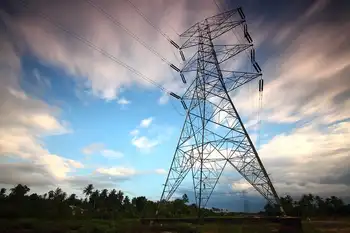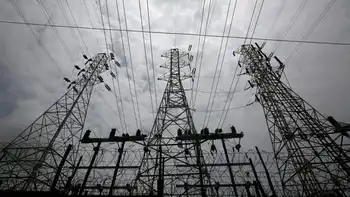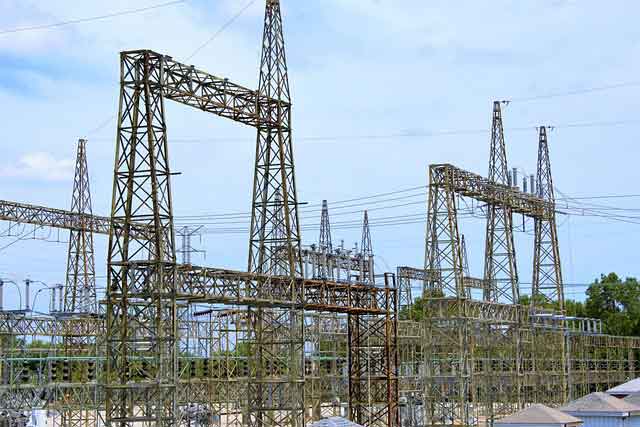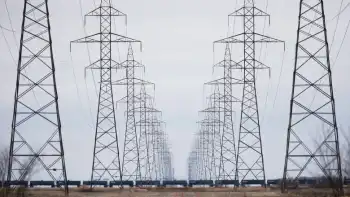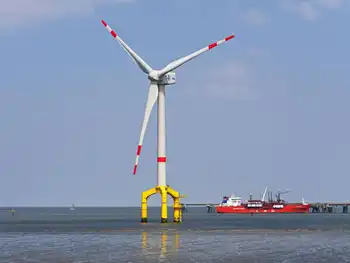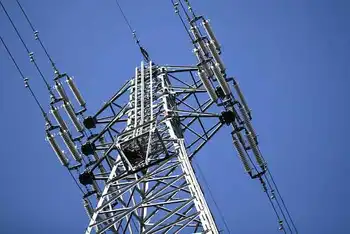SCADA devices to pass $1.5 Billion by 2020
By Pike Research
CSA Z463 Electrical Maintenance -
Our customized live online or in‑person group training can be delivered to your staff at your location.

- Live Online
- 6 hours Instructor-led
- Group Training Available
“SCADA devices perform a wide range of data collection, sharing, and coordinated control actions that make grids more efficient and reliable,” says senior research analyst Bob Lockhart. “As the global utility market emerges from pilot deployments into large-scale smart grid implementations, those vendors that solve those problems, while also enabling utilities to meet tougher sustainability mandates, will be in an enviable position.”
Providers of SCADA systems are making research and development investment choices today that will likely determine which vendors emerge as tomorrowÂ’s leaders in smart grid automation. While vendors are working hard to address the needs of utilities, a gap is emerging between vendorsÂ’ understanding of the market and utilitiesÂ’ perceptions of their needs, according to the report. Utilities are focused on basic outage reduction and reliability improvements, while vendors are reaching toward more advanced capabilities associated with distribution optimization.
The report, “Smart Grid SCADA Systems”, examines the T&D substation SCADA market by number of projects, transmission vs. distribution applications, and device type. Worldwide and regional forecasts are provided for different device types and communication protocols, factoring in dissimilar approaches to distribution grid design in different regions of the world. Substation servers, data concentrators, gateways, remote terminal units, intelligent electronic devices, distributed input/output and pole top/pad mount switch controllers are all discussed, with unit and revenue forecasts through 2020.
The market trends for SCADA protocols and the devices that use these protocols for automation at the substation and feeder levels are all discussed in detail. Profiles of key industry players are included, as well. An Executive Summary of the report is available for free download on the Pike Research website.





